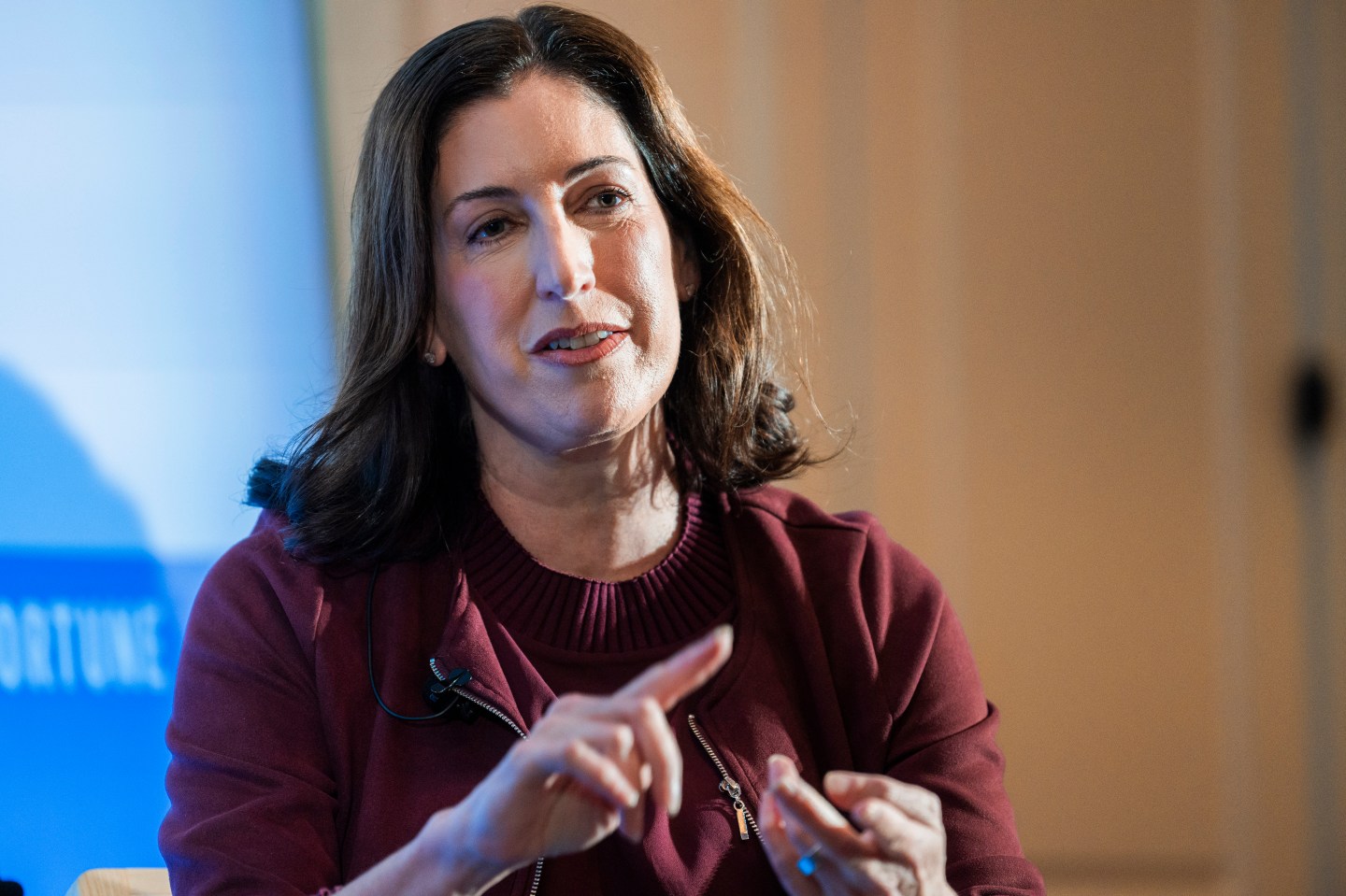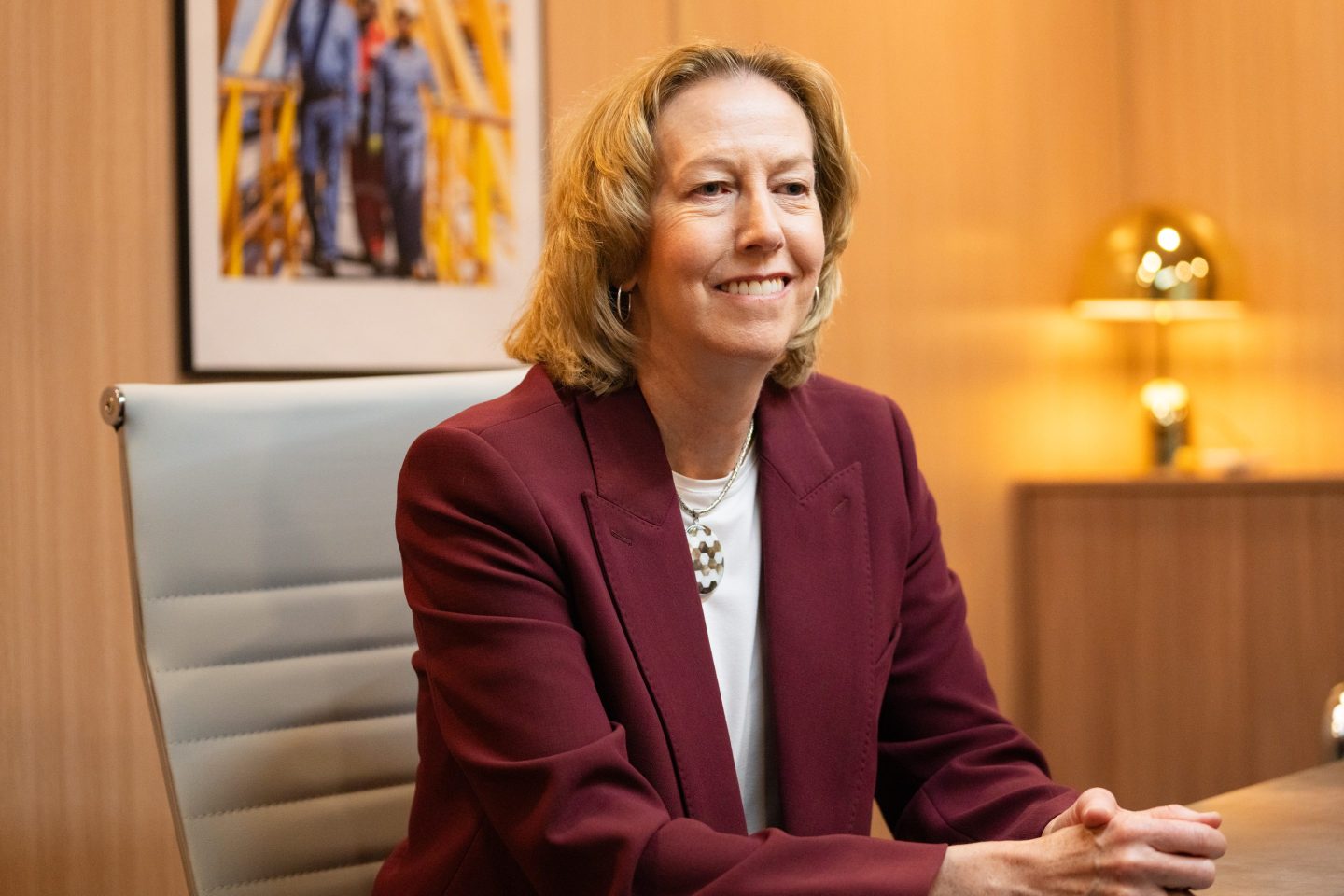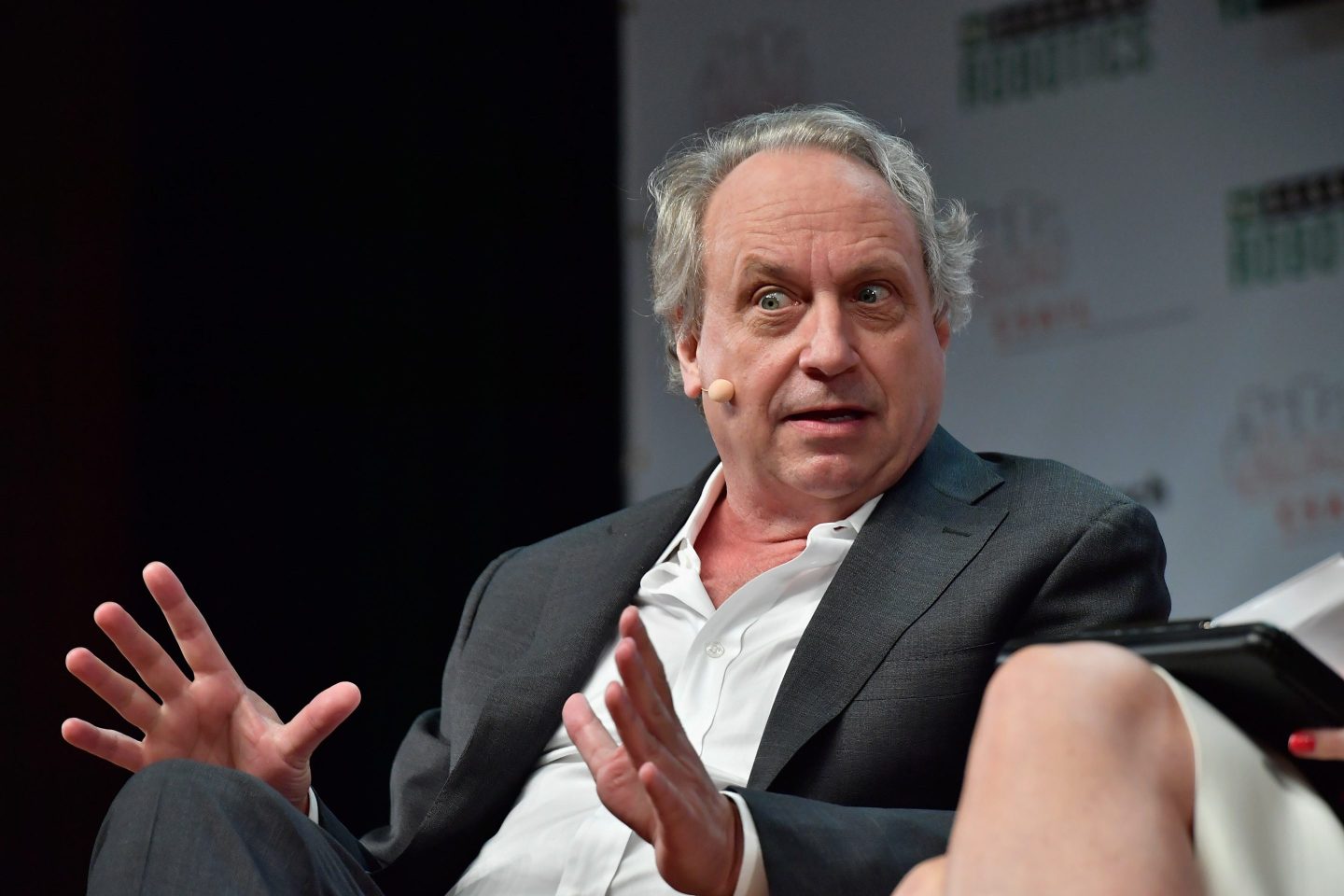Planning for who will be your company’s next CEO is one of the most consequential decisions for a business, but only one in four companies say they prioritize succession planning, Jane Bargmann, global head of the industrial practice at executive search firm Heidrick and Struggles, said at Fortune’s Most Powerful Women conference in Washington, D.C., on Tuesday.
That’s a concerning statistic considering the number of CEOs who either stepped down or were forced out just this year alone. Take as examples the CEO of Kohl’s who was fired earlier this year after striking an unusual deal with a vendor with whom he had a personal relationship and the mysterious resignation of Kroger’s CEO.
Heidrick and Struggles data shows CEO transitions are happening more frequently at struggling companies: Last year alone, 42% of CEO transitions in the S&P 500 occurred at companies whose total shareholder return was in the bottom quartile.
“CEOs often hesitate to bring [succession] up to the board. They don’t want to lose their standing, and so we end up at a standstill,” Bargmann said. So when there’s a resignation or a crisis happens, “the cost is very high at that stage.”
Although Heidrick and Struggles data shows boards are increasingly shifting toward more proactive succession planning, Bargmann said, “it’s a journey, and we’re not there yet.”
What successful CEO succession planning takes
CEO succession can feel overwhelming; it’s a challenge to identify candidates with requisite skills and aptitude, but YouTube exec Tara Walpert Levy says a lot rides on four key traits.
Successful CEOs now need to be part-diplomat, part-strategist, tech fluent, and an incredible people leader, Levy said.
“Operational industry expertise that has always been valued is still incredibly important,” said Levy, who is vice president of the Americas and global content verticals at YouTube. But that alone won’t cut it for CEO succession planning, she said.
And to find or develop a future CEO takes careful planning and grooming, considering today’s massive disruptions like tariff impacts and the expansive growth of AI.

“You really do have to have scenarios, but scenarios alone won’t be enough,” said Monica Turner, president of Procter & Gamble. “Having the opportunity to move people around into jobs where it stretches their skill set and makes them more multi-dimensional is now part of what the board is managing.”
Successful CEO planning requires careful, round-the-clock planning and demands real resources, says Edith Cooper, cofounder of Medley and board director of PepsiCo and Amazon.
“If you wait for the moment that you believe that it’s time to be thinking about the CEO—even if it’s three or five years out—you’re going to be limiting yourself,” Cooper said. “It’s a continuous conversation over time. You can’t assume that someone wants to be the CEO for a decade, 15, 20, years.”













